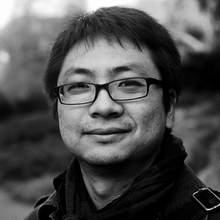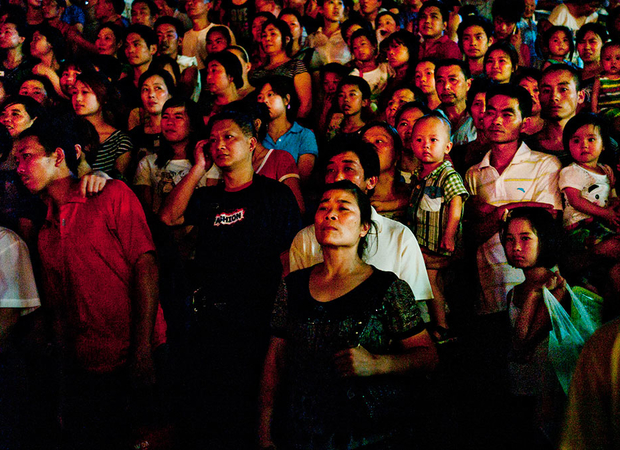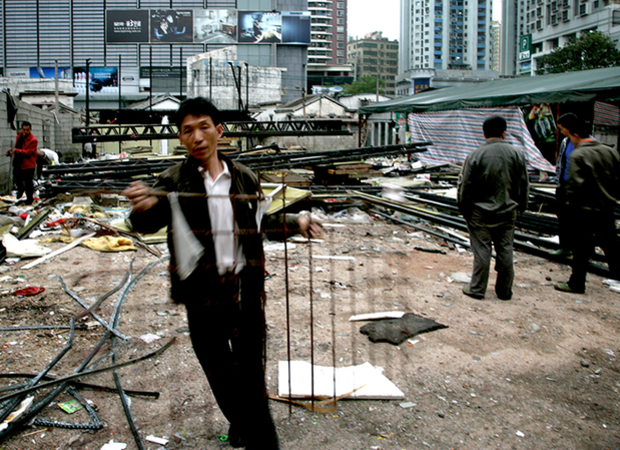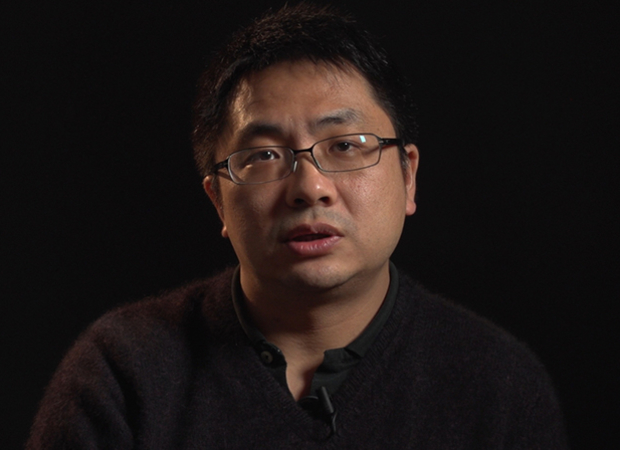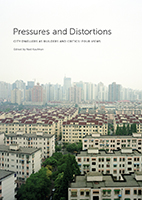Born in Kunming, China, Hai Zhang is an architect by training and profession. Photography was at first a work-related activity that became a tool to question the contexts of his identity, whether rooted in his homeland of China, or the U.S., where he has lived since 2000.
Zhang has been traveling regularly to China since 2008 to photograph the ever-changing and sprawling urbanized landscape. The four-year journey has constituted the exhibition Don’t Follow Me, I’m Lost, a project with site-specific installation and projection. This project has been exhibited in France, Bangladesh, and Turkey.
Zhang was a fellow of the Rafael Vinoly Architecture Research Fellowship from 2009 to 2010. The work he did through this fellowship has been included in the book Pressures and Distortions: City Dwellers and Builders and Critics.
Zhang’s long-term project on Alabama, To Kill A Mockingbird, was included in America through A Chinese Lens, an exhibition in the Museum of Chinese in America in New York City, in 2012.
His works have been exhibited in museums, galleries, and cultural venues globally and he has lectured at numerous artistic and cultural institutions in New York, Turkey, and Beijing. Currently, Zhang is working on a project called Unintended Homecoming and commutes between China and the U.S.




